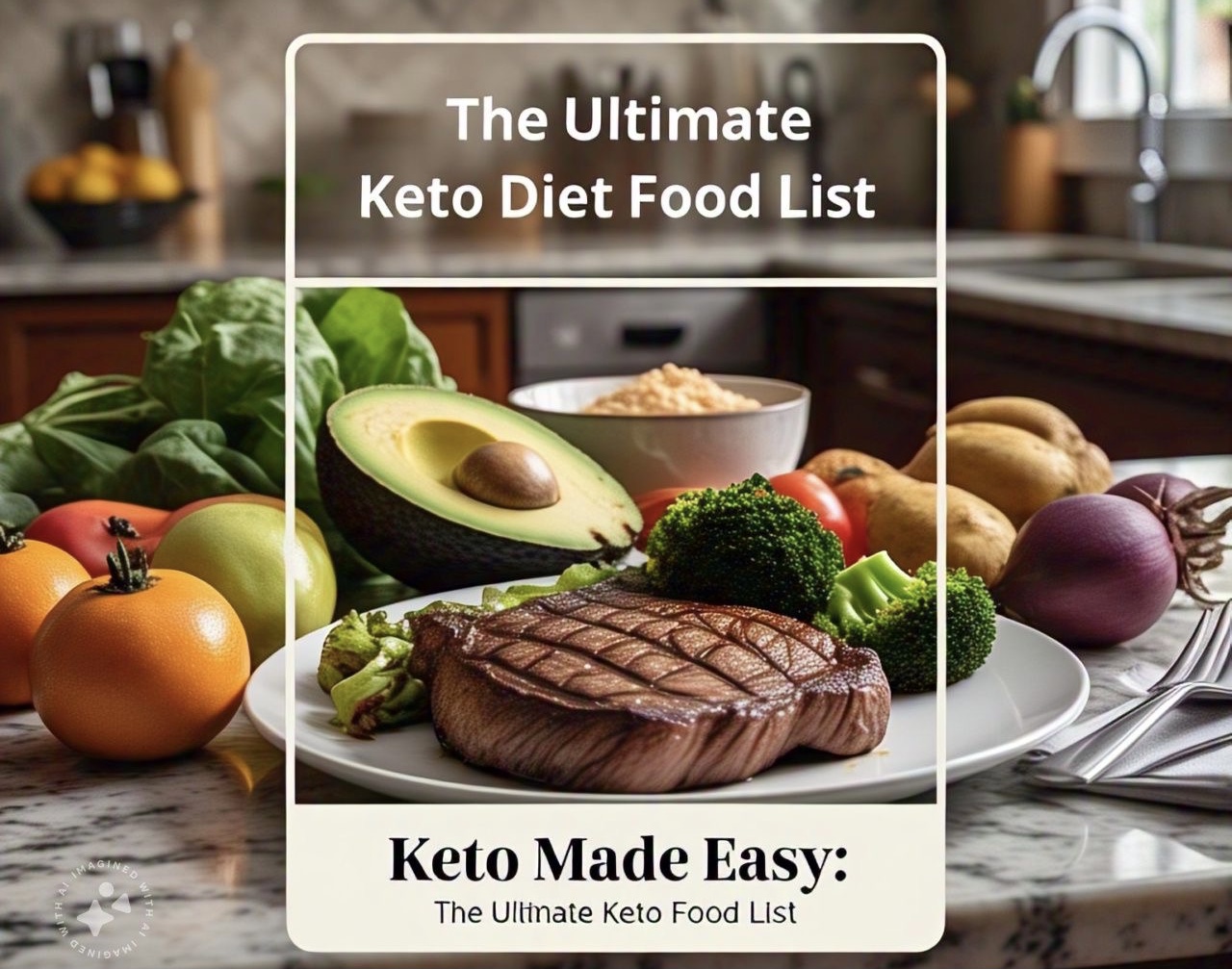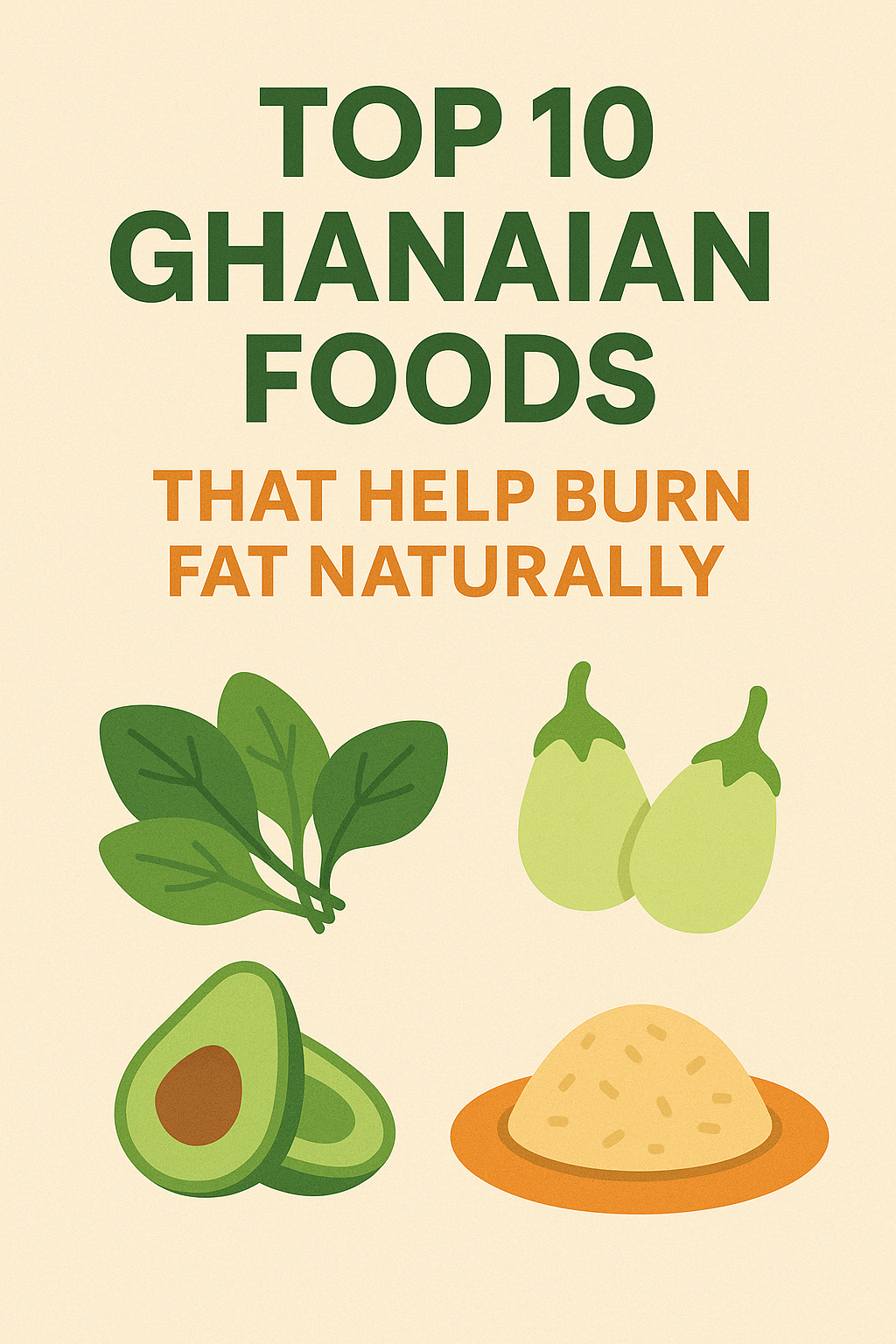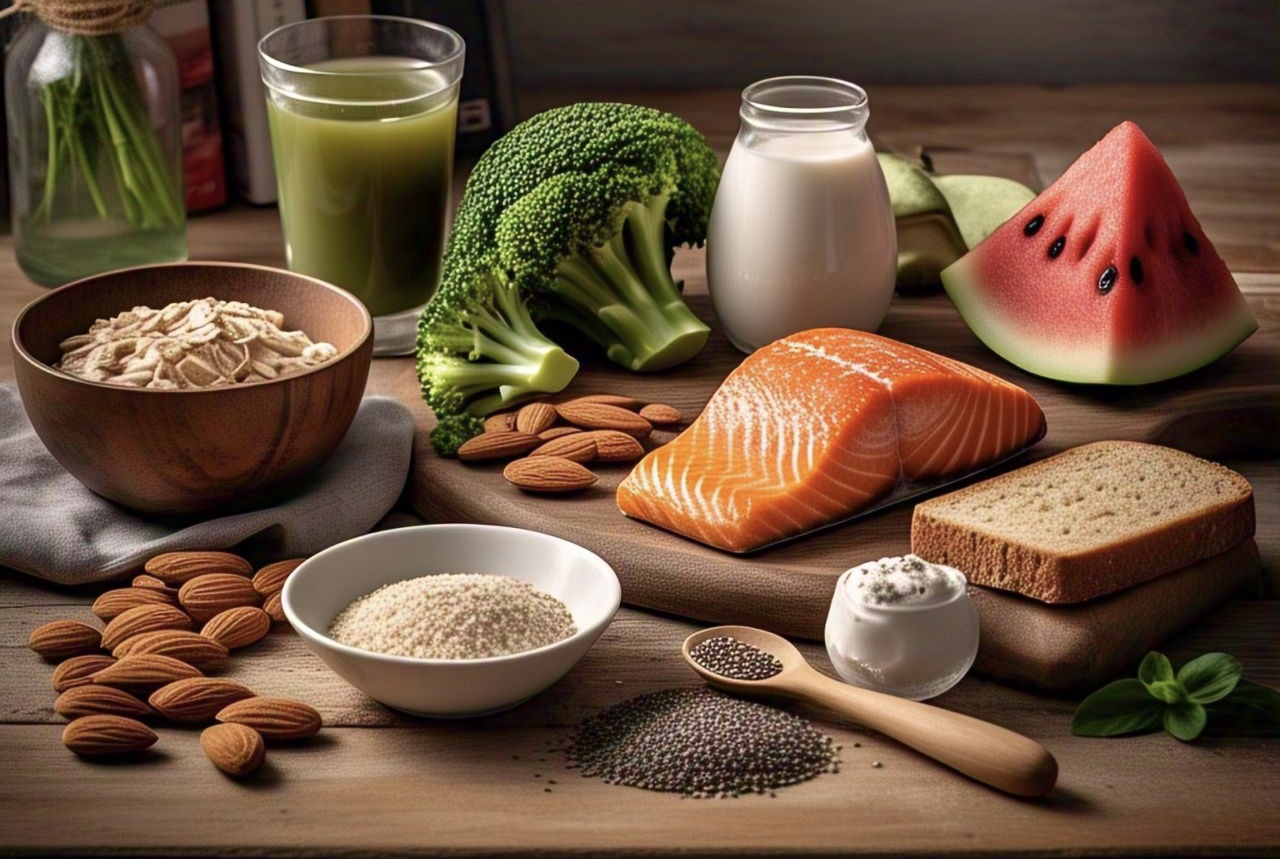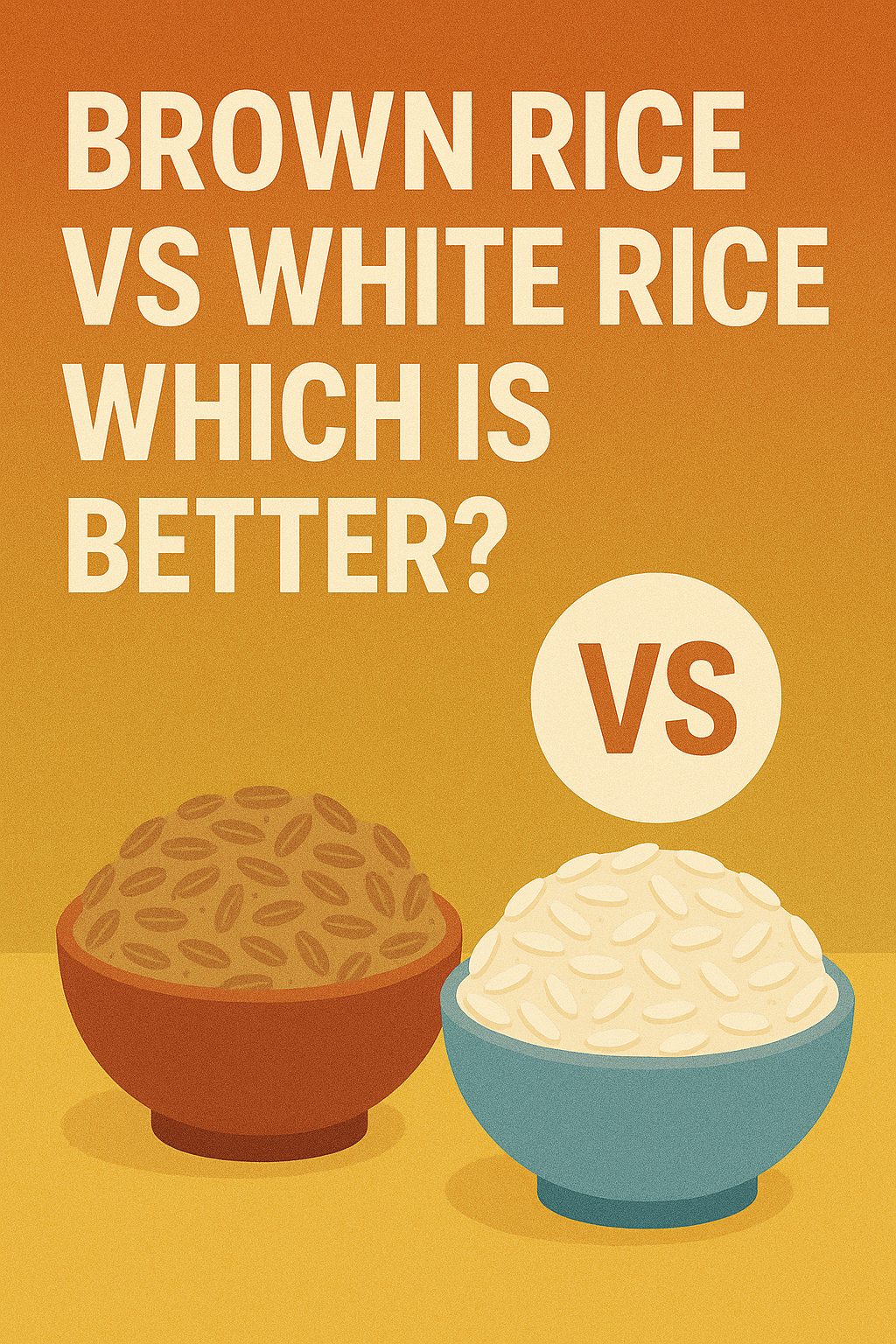Introduction
As I sat in my kitchen, surrounded by cookbooks and recipe notes, I couldn’t help but feel a sense of excitement and trepidation. I had decided to embark on a keto diet journey, but I had no idea where to start. The internet was flooded with conflicting information, and I was overwhelmed by the sheer amount of keto-friendly foods and recipes out there.
But as I delved deeper into the world of keto, I began to uncover the secrets to a healthier, more balanced lifestyle. I learned about the importance of macros, the benefits of healthy fats, and the impact of sugar on our bodies. And as I started to make changes to my diet, I noticed a transformation taking place. My energy levels increased, my skin cleared up, and I felt more focused and alert than ever before.
But the journey wasn’t without its challenges. There were times when I felt like giving up, when the cravings for carbs and sugar became too much to bear. But I persevered, and as I continued on my keto journey, I discovered the power of community and support. I connected with other keto enthusiasts, shared recipes and tips, and learned from their experiences.
Read also: The Benefits of Intuitive Eating for Weight Loss: A Scientific Review
And that’s when it hit me – the key to a successful keto lifestyle isn’t just about the food; it’s about the journey itself. It’s about being mindful of our choices, listening to our bodies, and making conscious decisions about the fuel we put into our systems.
So, if you’re just starting out on your keto journey, or if you’re looking for a refresher on the basics, then you’re in the right place. In this post, we’ll dive into the ultimate keto diet food list, covering everything from meats and vegetables to oils and condiments. We’ll explore the benefits of each food group, and provide tips and tricks for incorporating them into your daily meals.
So, let’s get started on this journey together! In the next section, we’ll dive into the world of keto-friendly foods, and explore the ultimate keto diet food list
What is the Keto Diet?
The keto diet, short for ketogenic diet, is a low-carb, high-fat diet that has been shown to promote weight loss, improve blood sugar control, and increase energy levels. But what exactly is the keto diet, and how does it work?
Definition of the Keto Diet
The keto diet is a dietary approach that involves drastically reducing the intake of carbohydrates and replacing them with fat. This reduction in carbs puts the body into a metabolic state called ketosis, in which the body burns fat for energy instead of carbs.
Core Principles of the Keto Diet
The core principles of the keto diet are:
- High Fat Intake: The keto diet involves consuming a high amount of fat, typically 70-80% of daily calories.
- Low Carbohydrate Intake: The keto diet involves drastically reducing the intake of carbohydrates, typically 5-10% of daily calories.
- Moderate Protein Intake: The keto diet involves consuming a moderate amount of protein, typically 15-20% of daily calories.
How Does the Keto Diet Work?
When you eat a high-carb diet, your body uses glucose (sugar) as its primary source of energy. However, when you drastically reduce your carb intake, your body is forced to find alternative sources of energy. This is when the body starts to break down stored fat into molecules called ketones, which can be used as energy.
Benefits of the Keto Diet
The keto diet has been shown to have numerous benefits, including:
- Weight Loss: The keto diet can lead to significant weight loss, particularly in visceral fat.
- Improved Blood Sugar Control: The keto diet can help regulate blood sugar levels and improve insulin sensitivity.
- Increased Energy: The keto diet can increase energy levels and reduce fatigue.
- Reduced Inflammation: The keto diet has been shown to reduce inflammation in the body, which can help with chronic diseases such as arthritis and Alzheimer’s.
Types of Keto Diets
There are several types of keto diets, including:
- Standard Keto Diet (SKD): This is the most common type of keto diet, which involves consuming a high-fat, low-carb diet with moderate protein intake.
- Cyclical Keto Diet (CKD): This type of keto diet involves alternating between a high-carb diet and a low-carb diet.
- Targeted Keto Diet (TKD): This type of keto diet involves consuming a high-carb diet before and after workouts to improve athletic performance.
- High-Protein Keto Diet: This type of keto diet involves consuming a high amount of protein, typically 20-25% of daily calories.
In the next section, we’ll dive into the benefits of the keto diet and how it can help with weight loss, improved blood sugar control, and increased energy.
Keto Diet Food List: Foods to Eat
When it comes to the keto diet, it’s essential to focus on whole, unprocessed foods that are rich in nutrients and low in carbs. Here’s a comprehensive list of keto-friendly foods to include in your diet:
Meats
- Beef (grass-fed, pasture-raised)
- Pork (pasture-raised, wild game)
- Lamb (grass-fed, pasture-raised)
- Venison (wild game)
- Buffalo (grass-fed, pasture-raised)
Poultry
- Chicken (pasture-raised, organic)
- Duck (pasture-raised, wild game)
- Turkey (pasture-raised, organic)
Eggs
- Pasture-raised eggs
- Organic eggs
- Omega-3 enriched eggs
Full-Fat Dairy Products
- Full-fat cheese (grass-fed, pasture-raised)
- Full-fat yogurt (grass-fed, pasture-raised)
- Full-fat milk (grass-fed, pasture-raised)
- Butter (grass-fed, pasture-raised)
- Cream (grass-fed, pasture-raised)
Oils and Fats
- Olive oil (extra-virgin, cold-pressed)
- Coconut oil (cold-pressed, unrefined)
- Avocado oil (cold-pressed, unrefined)
- Ghee (grass-fed, pasture-raised)
- Lard (pasture-raised, organic)
Low-Carb Vegetables
- Leafy greens (spinach, kale, lettuce)
- Broccoli
- Cauliflower
- Avocado
- Bell peppers
- Cucumbers
- Tomatoes
- Mushrooms
- Asparagus
Low-Carb Fruits
- Berries (strawberries, blueberries, raspberries)
- Citrus fruits (oranges, lemons, limes)
Avocados - Tomatoes
- Acai berries
- Cranberries
Nuts and Seeds
- Nuts and Seeds
- Walnuts
- Chia seeds
- Flaxseeds
- Pumpkin seeds
- Coconut flakes
- Macadamia nuts
Importance of Whole, Unprocessed Foods
When it comes to the keto diet, it’s essential to focus on whole, unprocessed foods that are rich in nutrients and low in carbs. These foods provide the body with the necessary building blocks for optimal health and well-being.
Whole, unprocessed foods are essential for several reasons:
- Higher Nutrient Content: Whole, unprocessed foods are rich in vitamins, minerals, and antioxidants that are essential for optimal health.
- Lower Carb Content: Whole, unprocessed foods tend to be lower in carbs and higher in fiber, making them ideal for the keto diet.
- Reduced Inflammation: Whole, unprocessed foods tend to be lower in pro-inflammatory compounds and higher in anti-inflammatory compounds, making them ideal for reducing inflammation.
- Improved Gut Health: Whole, unprocessed foods tend to be higher in fiber and lower in sugar, making them ideal for promoting gut health.
By focusing on whole, unprocessed foods, you can ensure that you’re getting the nutrients your body needs to thrive on the keto diet.
Keto Diet Food List: Foods to Avoid
As we discussed earlier, the keto diet is a highly effective way to lose weight and improve overall health. However, to achieve these benefits, it’s essential to avoid certain foods that can hinder your progress.
When I first started researching the keto diet, I was surprised to learn that some of my favorite foods were actually sabotaging my weight loss efforts. But once I understood why these foods were not keto-friendly, it made perfect sense.
So, let’s take a closer look at the foods to avoid on the keto diet:
Sugary Foods
Foods like candy, cakes, cookies, and pastries are high in sugar and carbs, making them a no-go on the keto diet. These foods can cause a spike in blood sugar levels, followed by a crash, leaving you feeling lethargic and sluggish.
Grains
Grains like bread, pasta, rice, and cereals are high in carbs and low in nutrients. They can cause inflammation in the body and hinder weight loss efforts.
Legumes
Legumes like beans, lentils, and peanuts are high in carbs and protein, making them a less-than-ideal choice for the keto diet.
Starchy Vegetables
Starchy vegetables like potatoes, corn, and peas are high in carbs and can kick you out of ketosis.
High-Carb Fruits
Fruits like bananas, apples, and oranges are high in carbs and natural sugars, making them a less-than-ideal choice for the keto diet.
Low-Fat or Diet Products
Low-fat or diet products often contain added sugars or artificial sweeteners, which can be detrimental to your health and weight loss efforts.
So, why are these foods not keto-friendly? The answer lies in their carb and sugar content. When you consume high-carb foods, your body produces insulin to regulate blood sugar levels. This can lead to a range of negative effects, including:
Increased blood sugar levels
Insulin resistance
Weight gain
Increased inflammation
On the other hand, when you follow a keto diet and avoid these high-carb foods, your body is able to:
Regulate blood sugar levels
Increase insulin sensitivity
Promote weight loss
Reduce inflammation
By avoiding these foods and focusing on whole, nutrient-dense foods, you can achieve optimal health and weight loss on the keto diet.
Sticking to the Keto Diet: Tips and Strategies for Success
Congratulations on taking the first step towards a healthier, happier you! Now that you have a comprehensive understanding of the keto diet food list, it’s time to discuss the tips and strategies for sticking to it.
Meal Planning and Prep: The Key to Success
Planning your meals in advance can make all the difference in sticking to the keto diet. Here are a few tips to get you started:
Plan your meals: Take some time to plan out your meals for the week. This will help you stay on track and ensure that you’re getting the nutrients you need.
Prep in advance: Prep your meals in advance by cooking and portioning out your food. This will save you time and help you avoid temptation.
Keep it simple: Don’t feel like you need to make complicated meals. Simple meals like salads, stir-fries, and omelets can be just as delicious and satisfying.
Grocery Shopping and Stocking a Keto-Friendly Pantry
Grocery shopping can be overwhelming, especially when you’re trying to stick to a new diet. Here are a few tips to help you navigate the grocery store:
Make a grocery list: Before you go to the store, make a list of the keto-friendly foods you need to buy.
Shop the perimeter of the store: The healthiest foods are typically found on the perimeter of the store, including produce, meats, and dairy products.
Stock your pantry: Keep a well-stocked pantry with keto-friendly staples like nuts, seeds, oils, and spices.
Eating Out and Ordering Keto-Friendly Meals
Eating out can be challenging when you’re on a special diet. Here are a few tips to help you stay on track:
Research keto-friendly restaurants: Look for restaurants that offer keto-friendly options or can accommodate your dietary needs.
Ask for modifications: Don’t be afraid to ask for modifications to your meal, such as holding the bread or substituting a side dish.
Pack snacks: Pack keto-friendly snacks like nuts, seeds, and cheese to keep you satisfied between meals.
Avoiding Temptation and Staying Motivated
Sticking to the keto diet can be challenging, especially when you’re faced with temptation. Here are a few tips to help you stay on track:
Identify your triggers: Identify the situations, emotions, and people that trigger your desire for non-keto foods.
Find healthy alternatives: Find healthy alternatives to your favorite non-keto foods, such as cauliflower pizza crust or keto-friendly ice cream.
Stay connected: Stay connected with friends, family, and online communities for support and motivation.
Consistency and Patience
Sticking to the keto diet requires consistency and patience. Here are a few tips to help you stay on track:
Be consistent: Stick to your keto diet plan consistently, even on weekends and holidays.
Be patient: Remember that it takes time to see results on the keto diet. Be patient and don’t get discouraged if you don’t see immediate results.
Celebrate milestones: Celebrate your milestones, no matter how small they may seem. This will help you stay motivated and encouraged on your keto journey.
Congratulations! You’re One Step Closer to a Healthier, Happier You!
As we wrap up this comprehensive guide to the keto diet food list, we hope you’re feeling empowered and excited to start your keto journey. Remember, following a keto diet food list is crucial for success, and with the right resources and support, you can achieve your health and weight loss goals.
Why Following a Keto Diet Food List is Crucial for Success
By following a keto diet food list, you’ll be able to:
Ensure you’re getting the right balance of nutrients for optimal health and weight loss
Avoid foods that can kick you out of ketosis and hinder your progress
Stay motivated and on track with your keto diet journey




